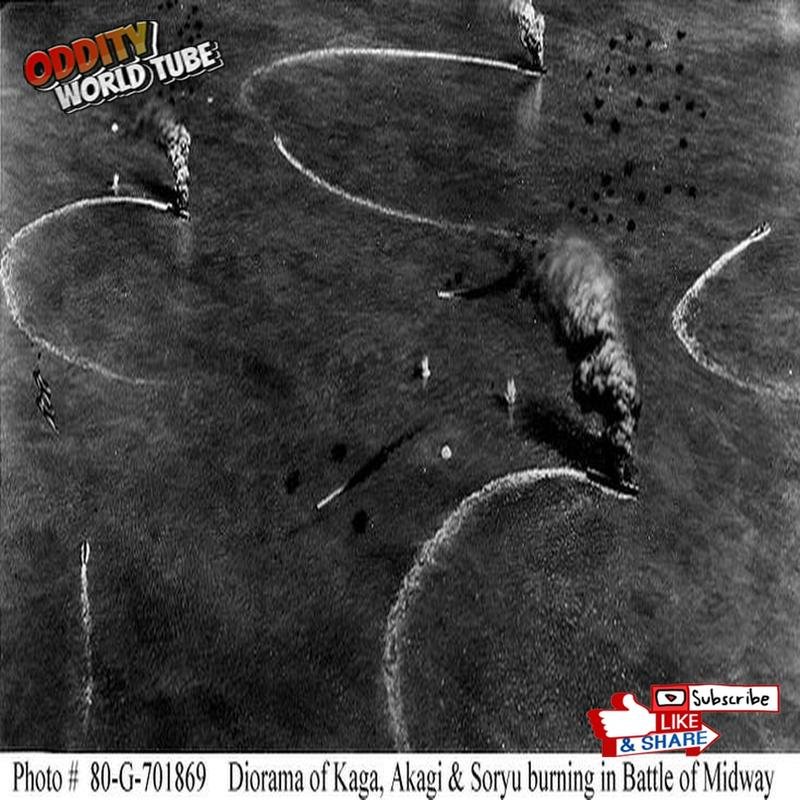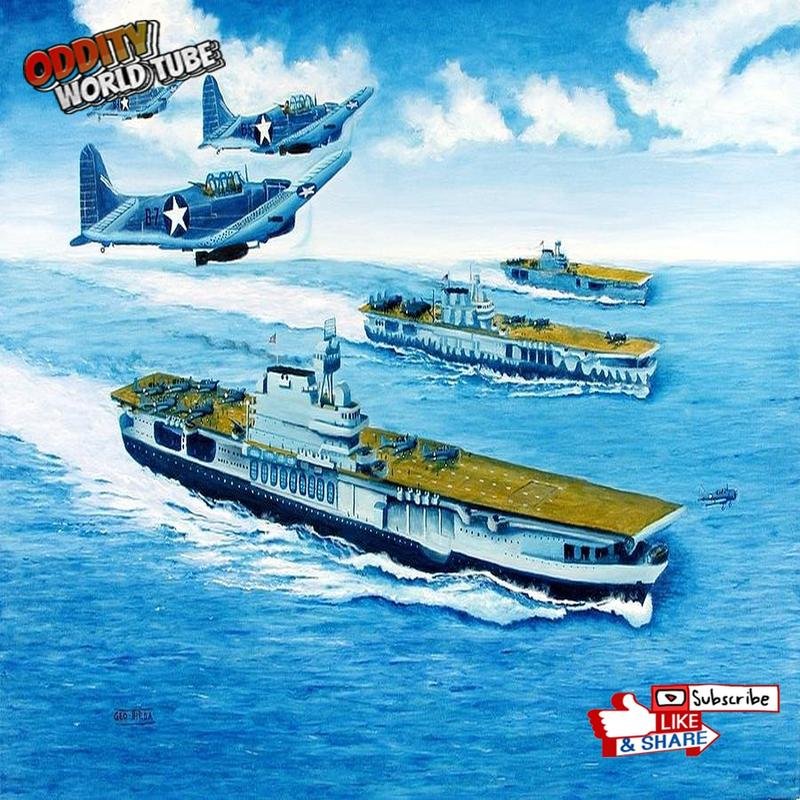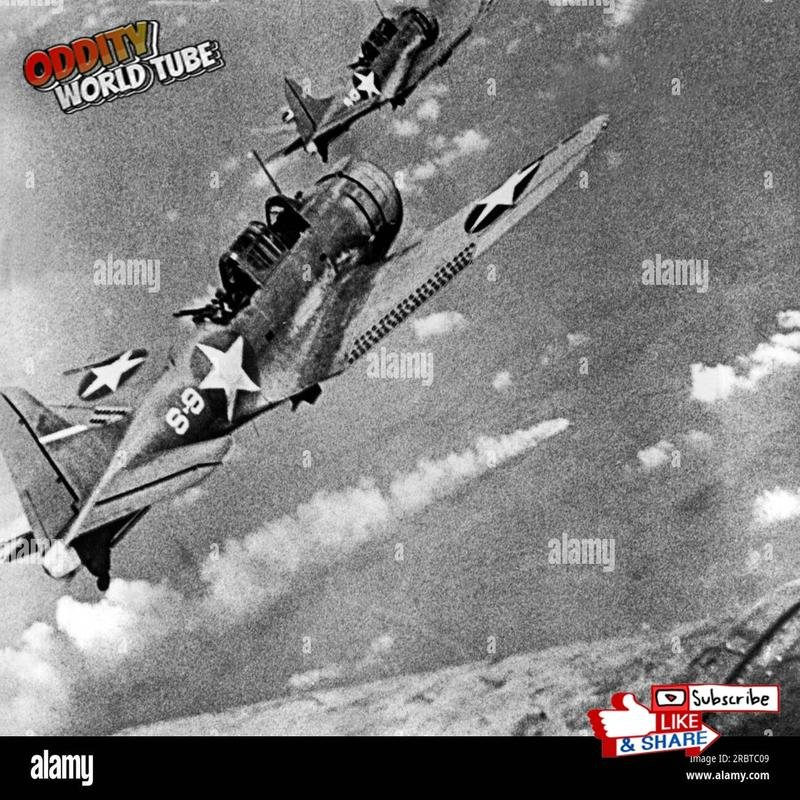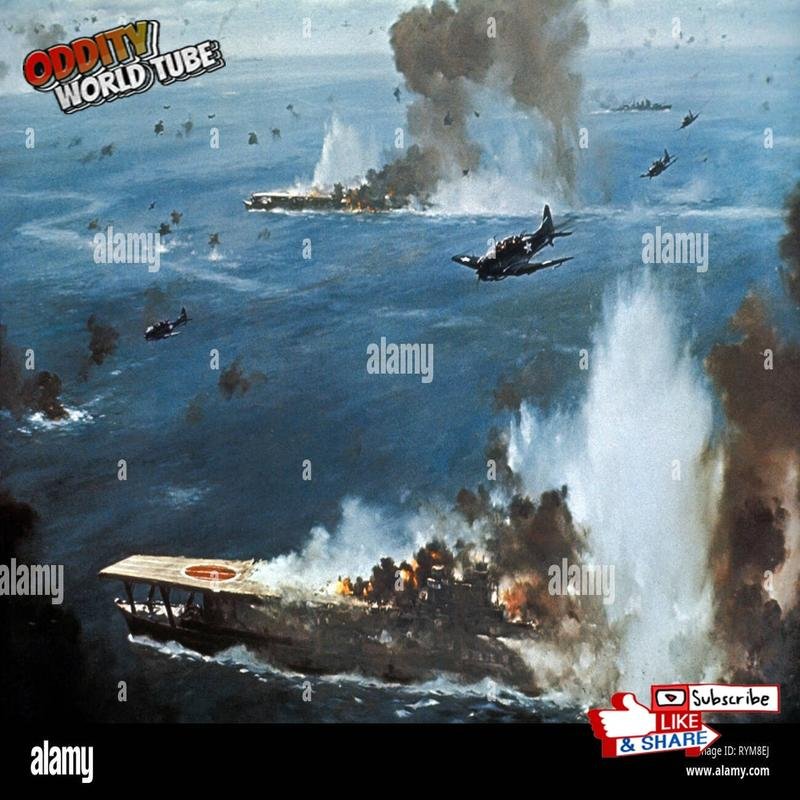Midway 1942: A Turning Point in World War II? 🔍 Allied Strategies #WorldWarII #Midway

Midway 1942: Turning Point in WWII
The Battle of Midway, a pivotal turning point in World War II, powerfully demonstrates the efficacy of strategic planning and unwavering resolve in overcoming numerical superiority. This decisive engagement, fought in June 1942, irrevocably shifted the balance of power in the Pacific Theater in favor of the Allied forces, effectively halting the aggressive expansion of the Japanese Empire.
The Road to Midway
Following the attack on Pearl Harbor on December 7, 1941, the Imperial Japanese Navy had achieved a series of overwhelming victories across the Pacific. The Philippines, Singapore, and the Dutch East Indies fell, solidifying Japanese dominance in the region. Midway, a strategically important small coral atoll, was the next objective, possessing significant value as a potential staging area for attacks on the Hawaiian Islands and the U.S. mainland.
Yamamoto’s Ambitious Plan
Admiral Isoroku Yamamoto, Commander-in-Chief of the Combined Fleet, masterminded the Midway operation. Yamamoto conceived a complex plan designed to lure the remaining U.S. aircraft carriers into a decisive battle and subsequently destroy them. This plan involved a substantial invasion force, a powerful support fleet, and a formidable striking force of aircraft carriers led by Admiral Chuichi Nagumo. Yamamoto believed that a victory at Midway would compel the United States to negotiate a peace settlement on favorable Japanese terms.
The Intelligence Advantage
However, unbeknownst to Yamamoto, the U.S. Navy had successfully broken the Japanese main naval code, JN-25. This critical intelligence breakthrough enabled the Americans to decipher encrypted Japanese communications, revealing details of the Midway plan, including the planned date of attack, the size of the Japanese force, and specific operational objectives. Admiral Chester Nimitz, Commander in Chief of the U.S. Pacific Fleet, expertly leveraged this intelligence. Despite being numerically inferior, Nimitz made a calculated risk, concentrating his available forces to defend Midway. He deployed his three available aircraft carriers—the USS Enterprise, USS Hornet, and USS Yorktown—in proximity to the atoll, awaiting the arrival of the Japanese fleet.
The Battle Unfolds
The Battle of Midway commenced on June 4, 1942. The Japanese launched an initial wave of aircraft against Midway, inflicting considerable damage on the island’s military installations. However, the American defenders held their positions, and the Japanese attack failed to neutralize the airfield. Following the attack on Midway, the Japanese carriers commenced rearming their aircraft in preparation for a second wave. This proved to be the critical juncture that reversed the battle’s momentum. American reconnaissance aircraft located the Japanese fleet, and the U.S. carriers launched their attack aircraft. American dive bombers struck the Japanese fleet at a decisive moment. Japanese aircraft were on the carriers’ decks, fully fueled and armed, rendering them exceptionally vulnerable targets. Within minutes, Akagi, Kaga, and Soryu—three of the four Japanese carriers—sustained catastrophic damage. Fire engulfed the carriers, followed by massive explosions, resulting in their complete destruction. The fourth Japanese carrier, Hiryu, launched a counterattack, crippling the USS Yorktown. However, Hiryu was subsequently located and destroyed by American aircraft.
Aftermath and Legacy
By the end of June 4th, four Japanese aircraft carriers had been sunk, delivering a devastating blow to the Japanese Empire. The battle continued for a few more days, but the outcome was already determined. The Japanese fleet retreated, ending its immediate threat to Midway. The Battle of Midway constituted a decisive American victory and a turning point in the Pacific War. While the battle resulted in significant losses for both sides—the Japanese Navy lost four aircraft carriers, one cruiser, 228 aircraft, and over 3,000 sailors; the U.S. Navy lost one aircraft carrier, one destroyer, 150 aircraft, and approximately 300 sailors—the strategic implications of the Battle of Midway were profound. The battle halted Japanese expansion in the Pacific and granted the Allies the initiative. Following Midway, the Allies were able to launch counteroffensives against the Japanese, ultimately contributing to their defeat in World War II.
Widely regarded as one of the most significant naval battles in history, the Battle of Midway stands as a testament to the importance of intelligence, strategic planning, and the courage of the sailors and airmen who participated in this decisive battle. The battle marked a crucial turning point in World War II, paving the way for Allied victory in the Pacific. The Battle of Midway, fought from June 4-7, 1942, witnessed the destruction of four major Japanese aircraft carriers: Akagi, Kaga, Soryu, and Hiryu. These losses were irreplaceable for Japan, which also suffered the loss of irreplaceable experienced pilots. On the American side, the primary loss was the USS Yorktown, but this was offset by the substantial strategic gains achieved.
The Battle of Midway underscored the paramount importance of codebreaking in modern warfare. The ability to decipher encrypted Japanese communications allowed the U.S. Navy to anticipate the Japanese attack and implement appropriate countermeasures. This intelligence advantage played a pivotal role in securing the American victory.
Following the Battle of Midway, the Allies were able to launch a counteroffensive in the Pacific. The Guadalcanal campaign commenced in August 1942, marking the beginning of a series of battles that progressively pushed back the Japanese forces. By 1945, the Allies had reclaimed most of the territory seized by Japan earlier in the war and launched attacks on the Japanese mainland.
The Battle of Midway is more than a military victory; it is a symbol of American resilience and determination. Despite initial setbacks in the war, the United States was able to effectively mobilize its resources, break Japanese codes, and achieve a decisive victory that fundamentally altered the course of the war. The Battle of Midway remains a subject of intense study for military strategists and historians alike, offering invaluable insights into the dynamics of naval warfare, the critical role of intelligence, and the influence of leadership in achieving victory. Its legacy continues to inspire generations to this day.
The strategic significance of Midway extends beyond World War II. The island remains a vital location for the U.S. military, serving as a crucial refueling station and aircraft airfield. Midway’s strategic location in the central Pacific makes it valuable for both military and commercial applications.
The Battle of Midway, fought over eight decades ago, remains indelibly etched in the nation’s collective memory. It serves as a poignant reminder of the sacrifices made by those who fought to defend freedom and democracy, and the enduring importance of maintaining vigilance in the face of threats. The Battle of Midway is a testament to the brilliance of strategic planning, the capacity for adaptation in the face of adversity, and above all, the exceptional courage of the men and women who served in the U.S. Armed Forces. The victory at Midway was not merely a military triumph; it was a triumph of the human spirit. Midway was a watershed moment that irrevocably altered the course of history.









